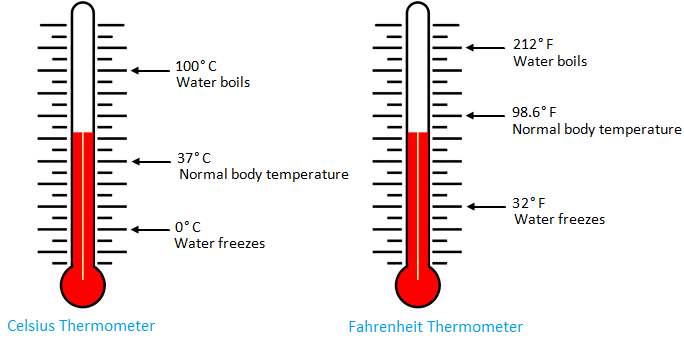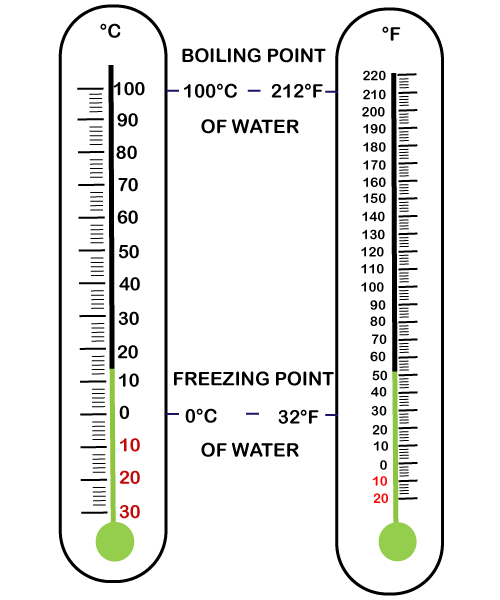For example an earthquake with a magnitude of five is 10 times stronger and releases more energy than one with a magnitude of four. His scale worked like a seismogram measured by a particular type of seismometer at a distance of 100 kilometers 62 mi from the earthquake.
 Richter Scale Easy Science Seismic Wave Science Student Science Memes
Richter Scale Easy Science Seismic Wave Science Student Science Memes
The earthquakes magnitude is determined using the logarithm of the amplitude height of the largest seismic wave calibrated to a scale by a seismograph.

What is a richter scale. Charles Richter developed the Richter Scale in 1935. How does the Richter scale measure an earthquake. Richter and Beno Gutenberg.
The Richter magnitude scale is used to measure the magnitude of earthquakes. On the Richter Scale the magnitude represents how far. Earthquake size as measured by the Richter Scale is a well known but not well understood concept.
The scale is a base-10 logarithmic scale which means that an earthquake that measures 50 on the Richter scale has a shaking amplitude 10 times larger than one that measures 40 and corresponds to a 316 times larger release of energy. The Richter scale assigns a number based on how much energy is released during the earthquake. Richter scale definition a scale ranging from 1 to 10 for indicating the intensity of an earthquake.
Richter who was studying. The Richter scale assigns the number on the basis of how much energy is released during the earthquake. How will you survive when a the record breaking 10 on the Ric.
Definition of Richter scale. It was invented in 1935 by Charles F. 25 Zeilen The Richter scale is a scale of numbers used to tell the power or magnitude of.
Richter scale ML quantitative measure of an earthquake s magnitude size devised in 1935 by American seismologists Charles F. It is also known as Richter magnitude scale. It was developed by Charles Richter in 1935.
Richter of the California Institute of Technology in 1935. E is a base 10 logarithmic scale which means that an earthquake measuring 50 on the Richter scale has an intensity 10 times greater than one that measures 40. Each number on the scale represents an earthquake 10 times stronger than the number before it.
You start to feel it and before you cant react the ground beneath you is cracking into pieces. An open-ended logarithmic scale for expressing the magnitude of a seismic disturbance such as an earthquake in terms of the energy dissipated in it with 15 indicating the smallest earthquake that can be felt 45 an earthquake causing slight damage and 85 a very devastating. This magnitude scale was referred to as.
What is the Richter Scale The Richter magnitude scale often shortened to Richter scale is the most common standard of measurement for earthquakes. The Richter scale became a universal standard for the measurement of. The Richter scale developed by the American geologist Charles Richter in the 1930s is a logarithmic scale which means that each one-point increase on the scale represents a tenfold increase in the magnitude of the earthquake.
The idea of a logarithmic earthquake magnitude scale was first developed by Charles Richter in the 1930s for measuring the size of earthquakes occurring in southern California using relatively high-frequency data from nearby seismograph stations. The Richter scale is a scale of numbers used to tell the power or magnitude of earthquakes. The Richter scale was developed in 1935 by American seismologist Charles Richter 1891-1989 as a way of quantifying the magnitude or strength of earthquakes.
It is a logarithmic scale that ranges from 0 to over 10. The Richter scale is a scale that is used to express the magnitude of an earthquake on the basis of the size of seismograph oscillations. Richter of the California Institute of Technology as a mathematical device to compare the size of earthquakes.
It was developed by Charles F.
Fahrenheit to Celsius formula. 16 lignes To convert Fahrenheit to Celsius Centigrade subtract 32 and multiply by 5.
 Temperature Fahrenheit Scale Celsius Scale Thermometer Freezing Point
Temperature Fahrenheit Scale Celsius Scale Thermometer Freezing Point
Fahrenheit to Celsius Exact Formula.

Fahrenheit to celsius scale. After you know the formula it is easy to convert Fahrenheit to Celsius with these three steps. The Fahrenheit scale although very popular in the US has an intriguing history and varied worldwide adoption scenarios. Subtract 32 from the Fahrenheit temperature.
-45967 Fahrenheit F -27315 Celsius C - absolute zero is when there is no molecular motion of a substance. C 59 x F-32 The notation C represents the temperature in Celsius and F is the temperature in Fahrenheit. Using this calculation we determine that 100 degrees Fahrenheit is equivalent to 3778 degrees Celsius.
Celsius to Fahrenheit conversion C to F conversion is actually quite easy just double the C figure and add 30. In other words if youd like to convert. Fahrenheit is mostly used in the United States for scientific calculations while the Celsius scale is mostly used by countries worldwide as part of the Metric system.
Httpsbitly3akrBoz to get all learning resources as per ICSE CBSE IB Cambridge. C F - 32 59 In other words take your Fahrenheit reading subtract 32 multiply the answer by five and then divide by nine. Celsius C Fahrenheit F-50 C-580 F-40 C-400 F-30 C-220 F-20 C-40 F-10 C.
F C-32 59. 39 lignes 0 F -1777778 C The temperature T in degrees Celsius C is equal to the temperature. This site covers the Celsius Fahrenheit Kelvin and Rankine temperature scales click here for more information.
On the Fahrenheit scale the melting point of water is 32F and the boiling point is 212F at standard atmospheric pressure. To go from Fahrenheit to Celsius take 30 off the Fahrenheit value and then half that number. If you want a more precise calculation you can use the more exact formula.
1 F 1 R 59 C 59 K. The Fahrenheit equivalent is the Rankine temperature scale. F - 32 18 C.
For a 100 accurate answer subtract 32 and divide by 18 or use the calculator above Fahrenheit to Celsius table. F 366 -32 59 256. On the Fahrenheit scale the melting point of water is 32F and the boiling point is 212F at standard atmospheric pressure.
The final formula to convert 366 Fahrenheit to Celsius is. There is no heat energy at this point. This should be reasonably accurate for weather temperatures.
The temperature scale. The conversion formulae for Celsius degrees C to Fahrenheit degrees F and Fahrenheit to Celsius conversions are as follows. Although the primary purpose of the Celsius and Fahrenheit scales is to measure temperature they fahrrnheit different numbers to show how long for savings bonds to reach face value particular temperature reading.
One can convert degrees Celsius to kelvins by adding 27315. So 66 degrees Fahrenheit minus 32 would be 34 times five makes 170 divided by nine equals 1888 recurring or 189C. Use this formula to convert a temperature in Fahrenheit K to Celsius F.
53 lignes A 1 Celsius change is a change of 18 Fahrenheits while a 1 Fahrenheit change translates to a. Fahrenheit to Celsius Formula. Scientists when measuring temperature often favor Kelvin over Fahrenheit and Celsius.
The Fahrenheit scale is a temperature scale based on one proposed in 1724 by Amsterdam-based physicist Daniel Gabriel Fahrenheit 16861736 after whom the scale ismore definition In relation to the base unit of temperature kelvin 1 Celsius C is equal to 27415 kelvin while 1 Fahrenheit F 25592777777778 kelvin. Multiply this number by five. C F - 32 x 59 F C x 95 32.
Thus the boiling point of water 100C is 37315 K. Comparisons among various temperature scales. This puts the boiling and freezing points of water 180 degrees apart.
Unlike the Kelvin scale which starts from absolute zero temperatures in Fahrenheit and Celsius can be negative. TEMPERATURE SCALE FAHRENHEIT SCALE CELSIUS SCALE KELVIN SCALE IN HINDIAJ conceptstemperature scale. It is not possible to go lower than absolute zero.
Celsius C Fahrenheit - 32 18 If required there are worked examples below which use this formula to show how to convert a temperature in Fahrenheit to a temperature in Celsius. This puts the boiling and freezing points of water 180 degrees apart.
ads
